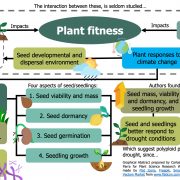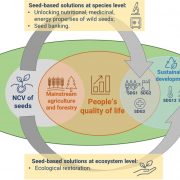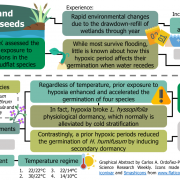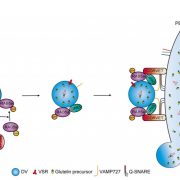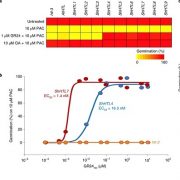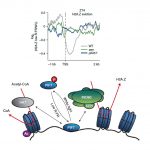Large seeds provide intrinsic growth advantage that depends on leaf traits and root allocation (Funct. Ecol.)
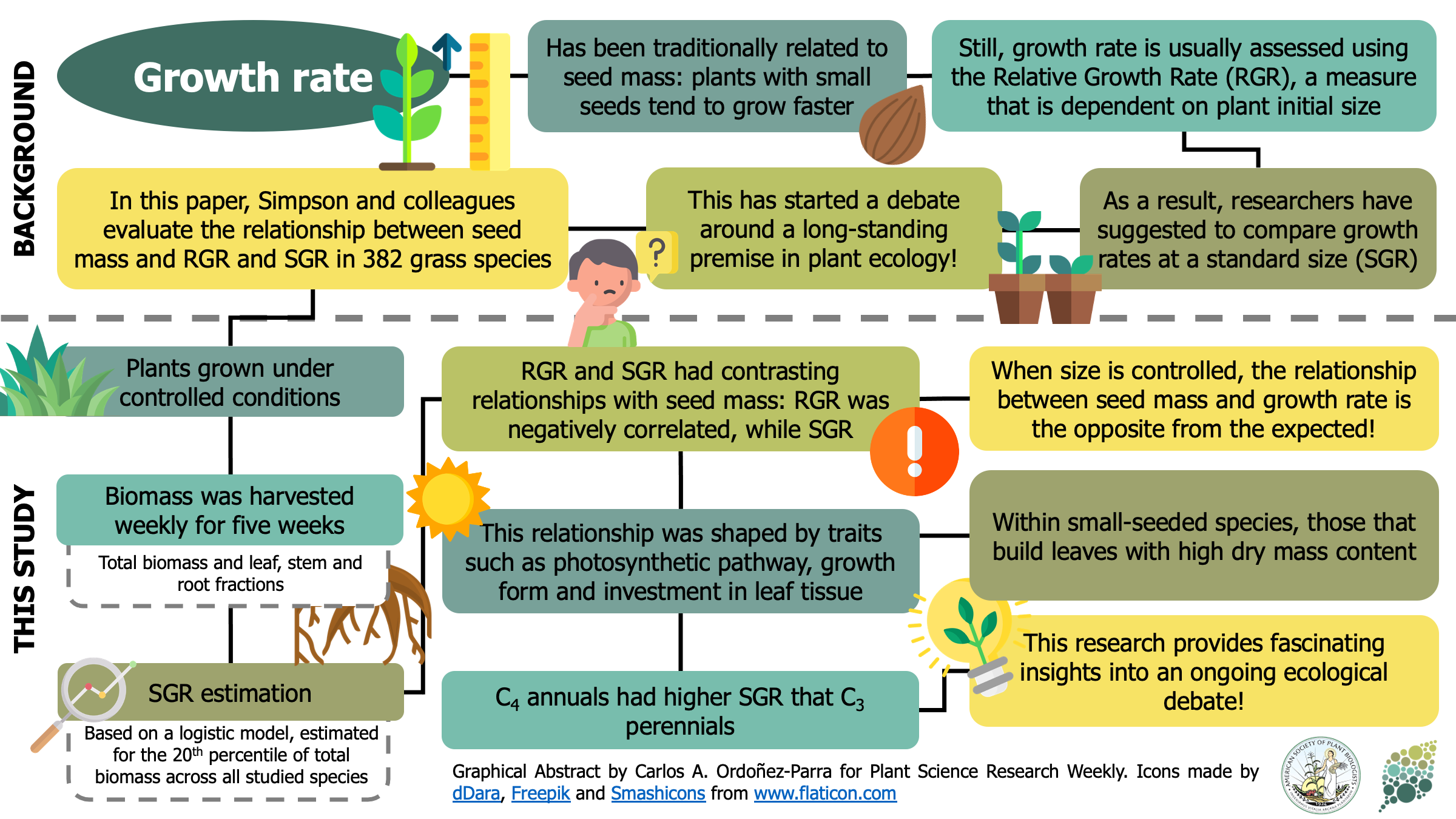 A long-standing premise in plant ecology is that seed mass and growth rate are negatively correlated, meaning that small-seeded species grow faster than large-seeded ones. However, this relationship remains controversial given that the most common measurement for growth rate –Relative Growth Rate (RGR)– is dependent on plant size. Since this dependency makes it difficult to compare plants with different initial (seed) sizes, different authors have suggested comparing species growth rates by fitting models that estimate RGR at a standard size (SGR). Here, Simpson and colleagues assess the relationship between seed mass and RGR and SGR in 382 grass species. Moreover, they evaluate whether this relationship is shaped by species ecology, phylogeny or other traits. RGR and SGR hold contrasting relationships with seed mass: while RGR was negatively correlated, SGR had a positive relationship, meaning that when size is controlled, species with large seeds grew faster. Moreover, this relationship was influenced by other traits like the photosynthetic pathway, growth form and investment in leaf tissue. As a result, this study provides fascinating insights into an ongoing ecological debate and becomes an obligate reading for future research about the functional importance of seed mass (Summary by Carlos A. Ordóñez-Parra @caordonezparra) Funct. Ecol. 10.1111/1365-2435.13871
A long-standing premise in plant ecology is that seed mass and growth rate are negatively correlated, meaning that small-seeded species grow faster than large-seeded ones. However, this relationship remains controversial given that the most common measurement for growth rate –Relative Growth Rate (RGR)– is dependent on plant size. Since this dependency makes it difficult to compare plants with different initial (seed) sizes, different authors have suggested comparing species growth rates by fitting models that estimate RGR at a standard size (SGR). Here, Simpson and colleagues assess the relationship between seed mass and RGR and SGR in 382 grass species. Moreover, they evaluate whether this relationship is shaped by species ecology, phylogeny or other traits. RGR and SGR hold contrasting relationships with seed mass: while RGR was negatively correlated, SGR had a positive relationship, meaning that when size is controlled, species with large seeds grew faster. Moreover, this relationship was influenced by other traits like the photosynthetic pathway, growth form and investment in leaf tissue. As a result, this study provides fascinating insights into an ongoing ecological debate and becomes an obligate reading for future research about the functional importance of seed mass (Summary by Carlos A. Ordóñez-Parra @caordonezparra) Funct. Ecol. 10.1111/1365-2435.13871


